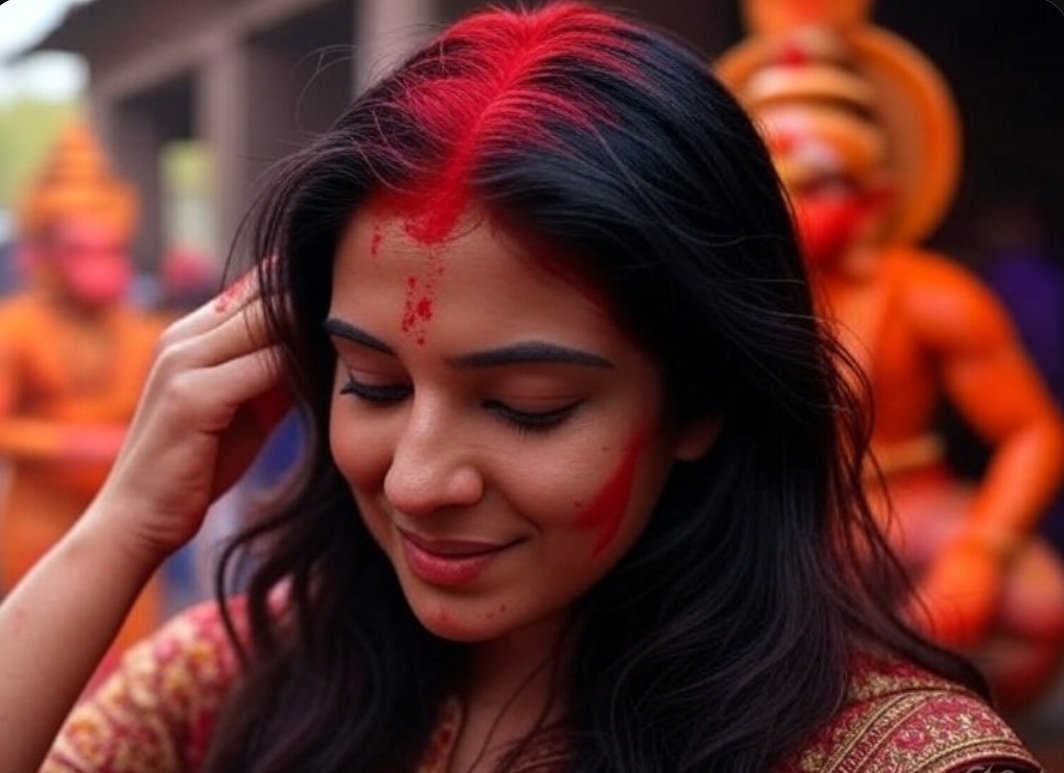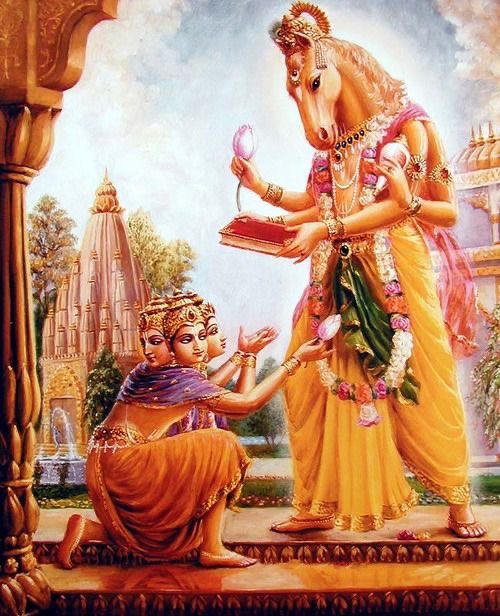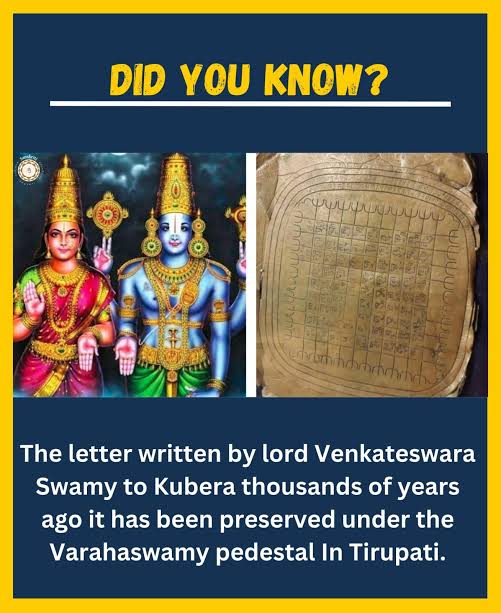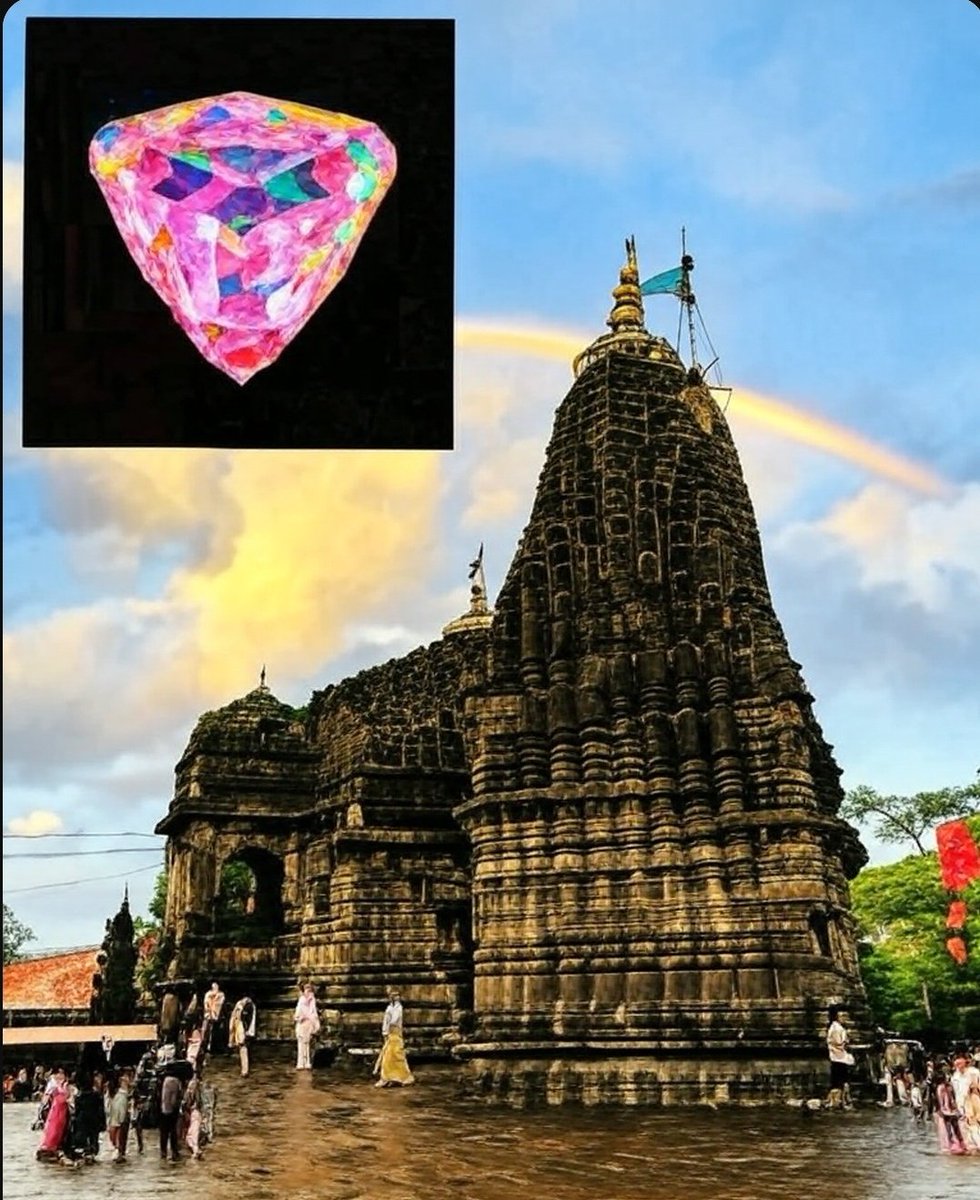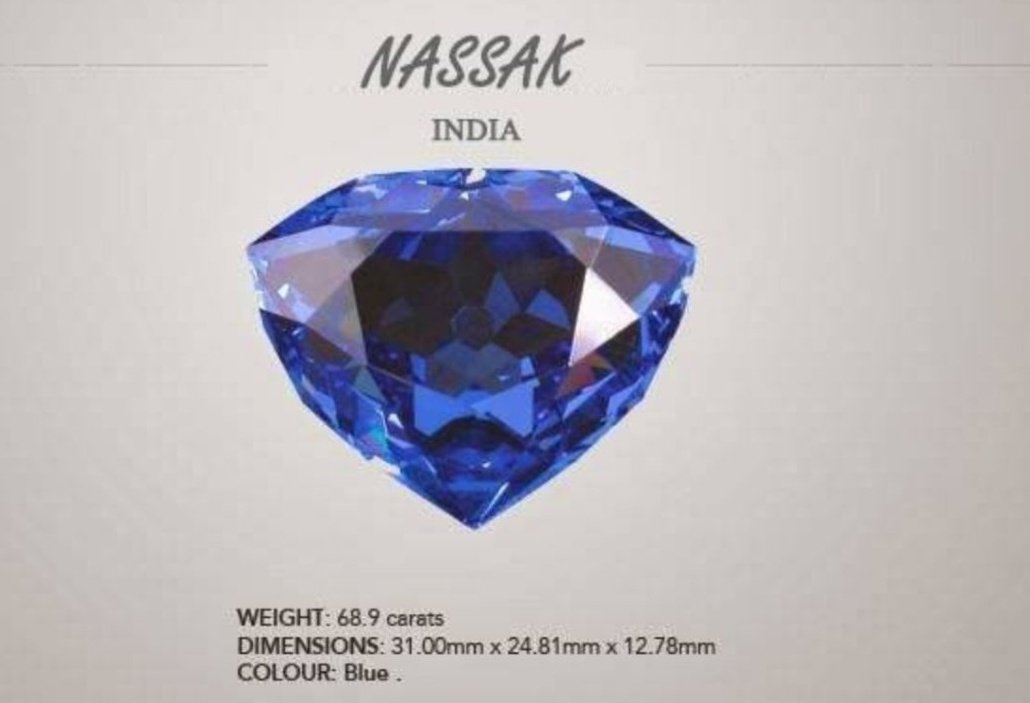Do you know why Kedarnath is known as Jagrit Mahadev?
Let's explore more in this thread 🧵
Bookmark the thread 🧵
Let's explore more in this thread 🧵
Bookmark the thread 🧵
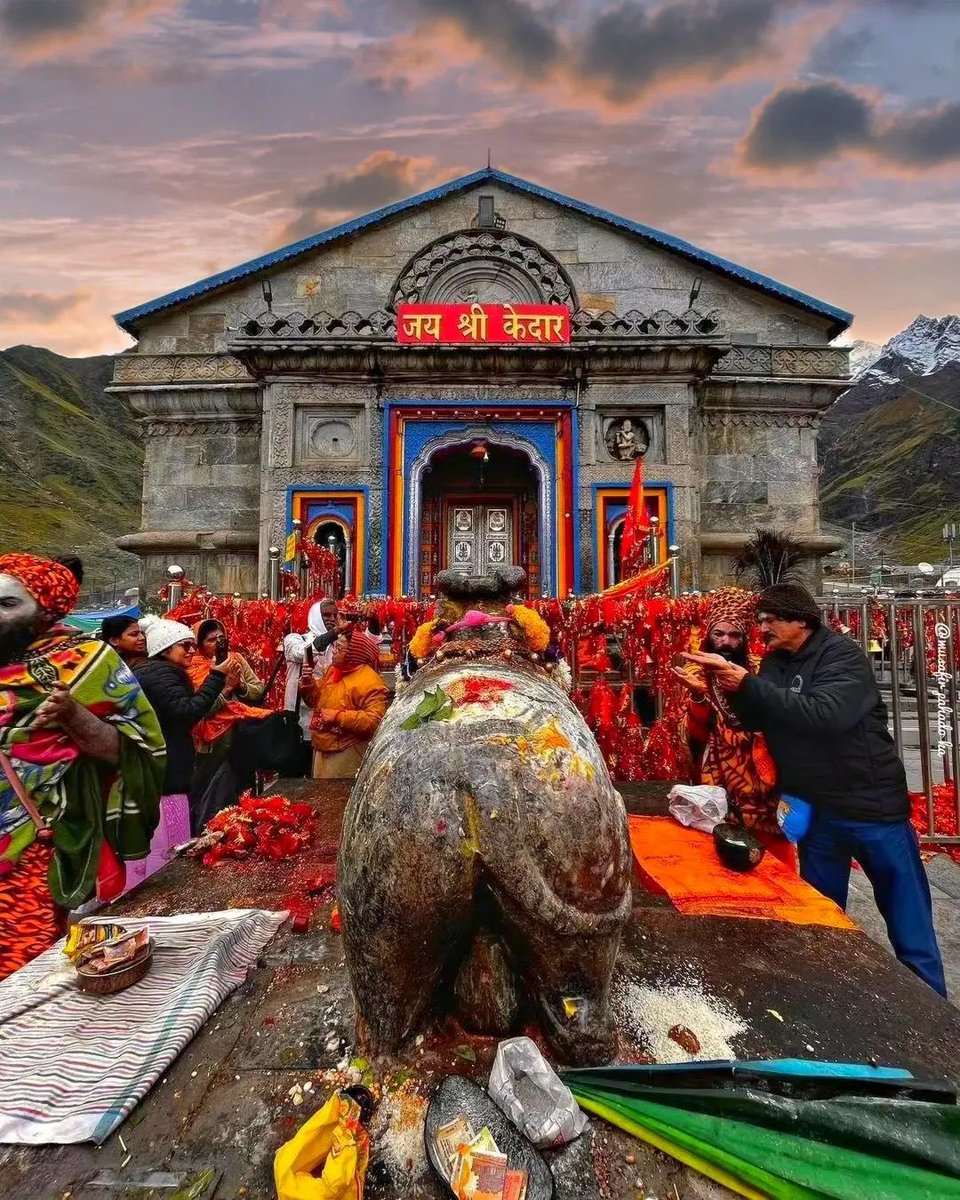
Once, a devoted follower of Bhagwan Shiv set out from his village on a pilgrimage to Kedarnath. Back then, there were no transport options, so he had to walk the entire way.
Whenever he met someone, he asked for directions to Kedarnath, constantly thinking of Bhagwan Shiva as he walked. Months went by before he finally arrived at Kedarnath Dham.
When he reached, the temple doors were being closed. The Kedarnath temple opens for six months of the year and remains closed for the other six.
The man told the priest that he had traveled for months from a far-off place and begged him to let him have a glimpse of Bhagwan Shiv
However, the rule is strict – once the doors are closed, they cannot be reopened. The priest told him he would have to return in six months
The man was heartbroken. He cried and prayed to Bhagwan Shiv, hoping for a miracle, but no one listened to him.
The man was heartbroken. He cried and prayed to Bhagwan Shiv, hoping for a miracle, but no one listened to him.
As night fell, the weather turned colder, and he was left alone, hungry and thirsty. Still, he held faith that Bhagwan Shiva would bless him. Then, he saw an old sage walking toward him. The sage sat beside him, listened to his story, and gave him some food
The sage reassured him, saying that the temple might open in the morning and that he should have faith. As they talked, the man eventually fell asleep.
The next morning, as the first rays of sunlight appeared, he woke up to find that the sage was gone. Just then, the priest arrived with his group, and the man greeted him in surprise
asking why he had come back so soon when the temple was supposed to stay closed for six months.
asking why he had come back so soon when the temple was supposed to stay closed for six months.
The priest looked at him, shocked. “I closed the temple doors six months ago and just returned today,” he said. The man was astonished. “But I only arrived yesterday,” he insisted.
The priest and his group were speechless – how could anyone survive six months in such cold weather alone?
The man described the sage he had met tall, with long matted hair, carrying a trident and a damru, dressed in deerskin. Hearing this, the priest and everyone around him fell at the man’s feet, saying
You are a true devotee. You had the blessing of seeing BhagwN Shiva himself. With his divine powers, he turned six months into one night for you, rewarding your pure faith and devotion.
If you like the thread please like, repost & comment..
Please follow @Priyamvada227s for more threads..
Thank you everyone 🥰🙏
Please follow @Priyamvada227s for more threads..
Thank you everyone 🥰🙏
• • •
Missing some Tweet in this thread? You can try to
force a refresh



